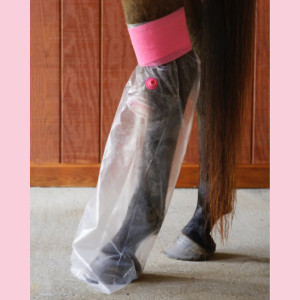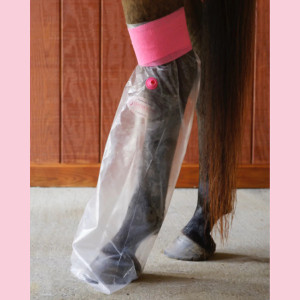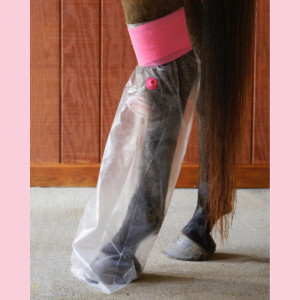
Dioxyfin Canisters (Carbon Dioxide)
Serendi MedicalFree Shipping
External treatment for a variety of conditions
Dioxyfin™ is a therapeutic mist of pharmaceutical carbon dioxide and water that is enclosed around the therapy site in a sealed environment. It doesn’t cure the condition. Instead, it creates a far better healing environment by naturally causing three reactions that work in concert to promote healing:
- It is a biological trigger for the formation of new blood vessels (angiogenesis) and eventual permanent tissue;
- Carbon dioxide forces oxygen to be released from the blood and it causes small blood vessels to dilate. As a result blood flow through the tissue is increased and extra oxygen is released; and,
- It reduces inflammation.
Additionally, carbon dioxide is bacteriostatic, sterile and an antioxidant.
Dioxyfin is safe, effective and easy to use. Examples of cases that respond:
- Soft tissue injury
- Burns
- Undiagnosed lameness
- Laminitis
- Canker
- Lymphangitis
- Osteoarthritis
- Osteomyelitis
- Open wounds and abscesses
- Post-surgical recovery
- Cellulitis
- Scratches
- Training recovery
- Desmopathy
- Decubitus ulcers
Treatments can be delivered in the hospital, the barn, the paddock, or the pasture — no excessive training necessary. Carbon dioxide must be administered under the advice of a veterinarian, but any member of staff, owner or trainer, can deliver the medication.
To see videos of how to use the therapy, https://www.serendimedical.com/how-to-videos
To read more and see case reports, https://www.serendimedical.com/
What is the standard treatment protocol?
Our recommended standard protocol is to treat the condition for twenty minutes every day for three days and then every other day for six additional treatments. In some cases, such as fractures, soft tissue injuries, slow healing wounds and lesions deep within the limb, additional treatments may be necessary.
Extended treatments may be needed for slow healing wounds. You may notice that the initial set of treatments were having good results and you may want to continue therapy to insure the good response.
If you are treating a lesion that is deep within the limb (e.g., more than a few inches) you may want to do everything to optimize transfer of gas to the inner depths. This would include evacuating as much air as possible from the cover, soaking the limb in very warm water for 10 minutes before treating, and prolonging the time of therapy to 40 minutes.
For chronic conditions, such as arthritis and soft tissue injury, that are based mostly on inflammation, with minor need to repair tissue, the standard treatment may well be sufficient. This would be followed up with a treatment every one to two weeks. Eventually, monthly or semi-monthly treatments may be enough to keep arthritis at bay.
If there is trauma to the tissue typical of tears, fractures, or ruptures, the protocol should be extended with treatments two or three times a week for a full eight weeks.





